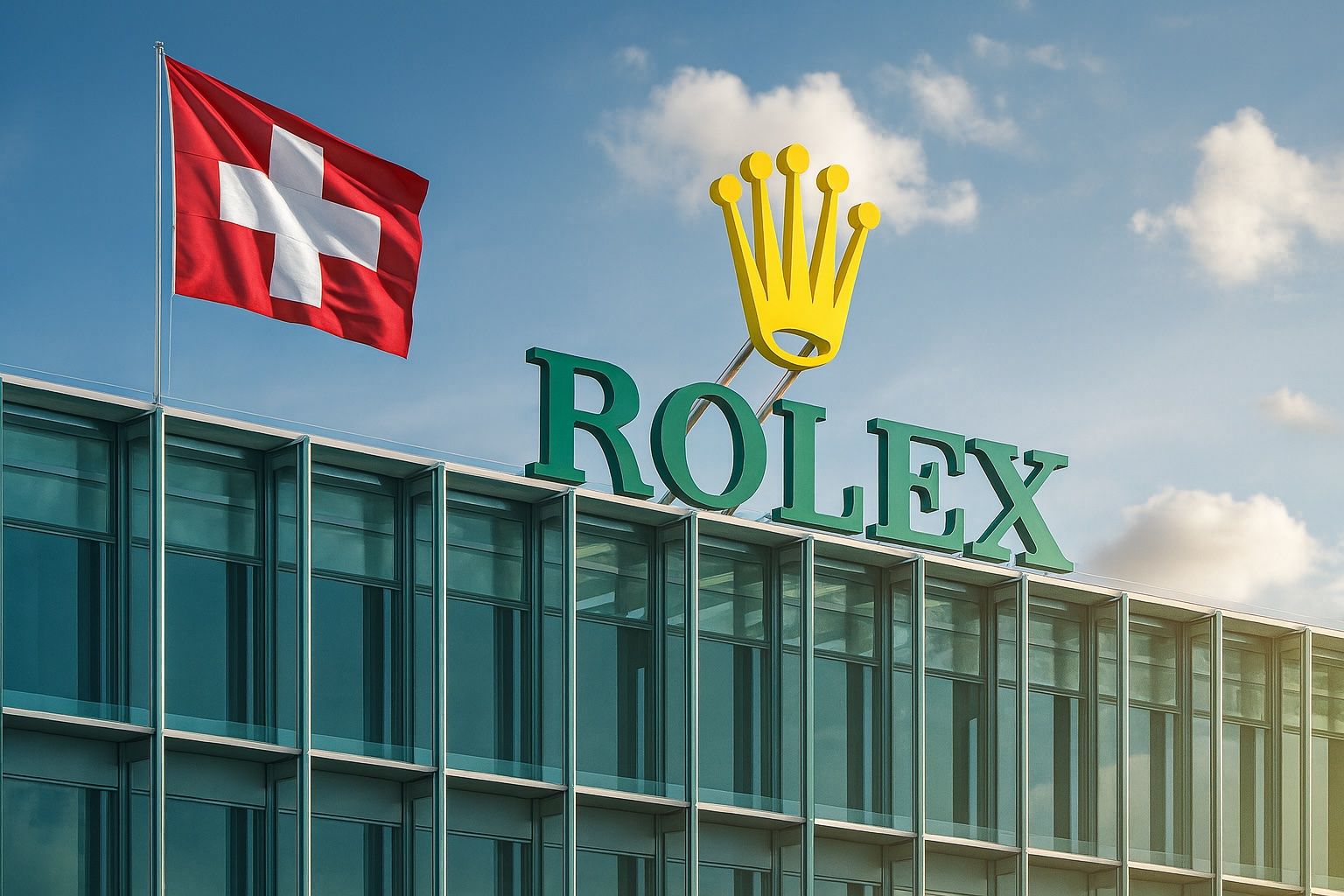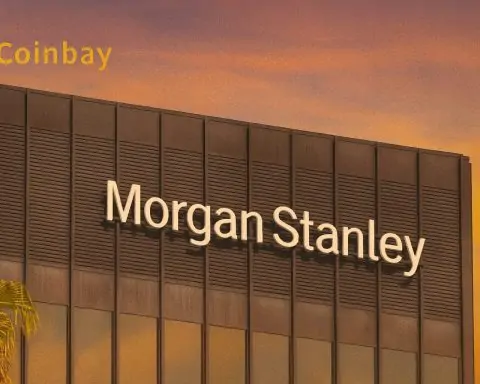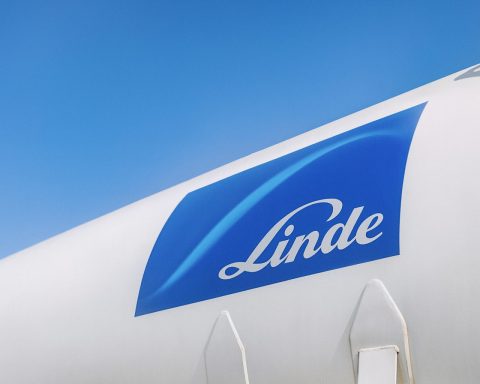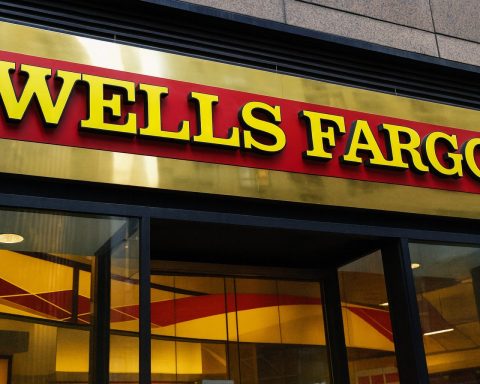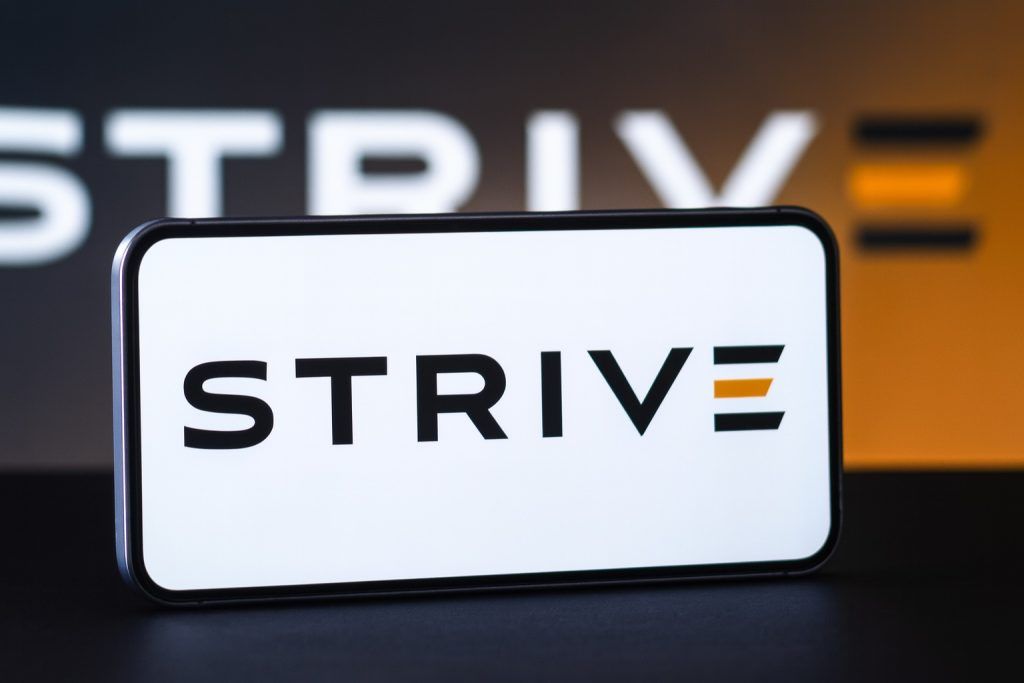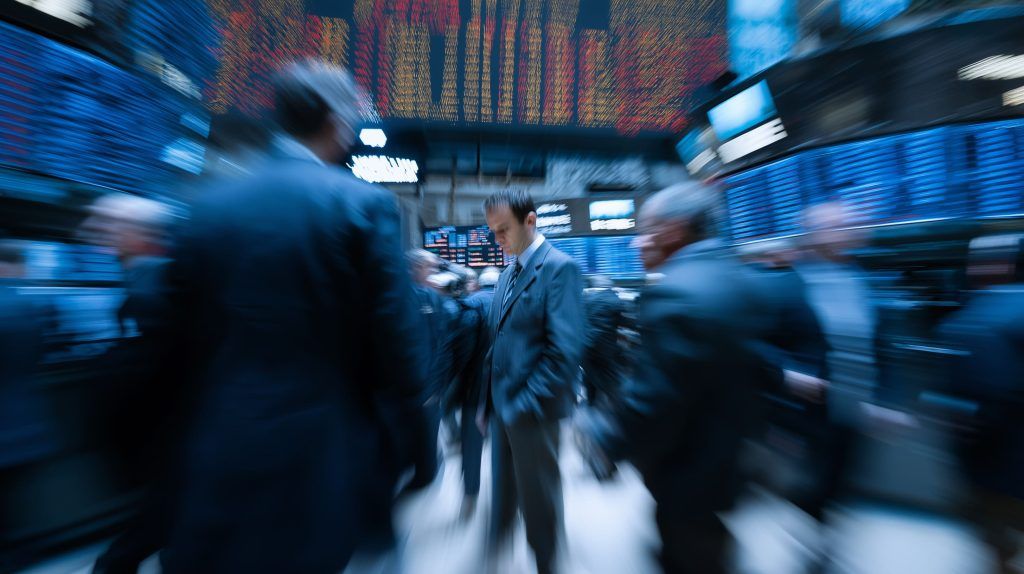- Rolex secondary market prices have slumped roughly 20–30% from their 2020–22 peaks [1]. Analysts characterize the slide not as a collapse but a long-overdue “correction” after pandemic-era hype [2] [3].
- Supply glut and cooling demand are behind the drop: grey-market inventories have swelled and speculative buying has evaporated. As market tracker Box & Docs bluntly puts it, “supply is outpacing demand — for now” [4].
- Long-term data still favor Rolex. Bob’s Watches (a major pre-owned retailer) found average Rolex sale prices up 550% since 2010, driven by a 93% boom in 2020–22. The subsequent correction saw prices fall ~31% to mid-2025 levels [5]. By June 2025 the average Rolex still commanded about $13.4K on the secondary market [6] [7].
- Model-by-model effects vary: mass-market sports models (Submariners, GMTs, Daytonas, etc.) saw the steepest drops – up to ~30% from their peaks [8]. Discontinued or genuinely rare references fell much less (often ~5–10%) [9]. Bob’s Watches notes the Submariner has already rebounded close to its peak (now ~92% of peak) [10], whereas some dressier models like the Datejust are modestly below their highs (~14% down) [11].
- Retail demand remains strong. Rolex itself raised its official prices by ~8–13% in early 2025, especially on gold models [12]. Waiting lists for coveted models still exist, and dealers stress “Rolex isn’t going anywhere” – the brand remains “the safest name in luxury watches” despite the correction [13]. In fact, Morgan Stanley/WatchCharts data showed only a tiny 0.2% drop in Rolex index prices in Q2 2025 [14], underscoring relative stability.
- Buyer’s market emerges. Many collectors welcome the cool-down: “collectors love corrections,” notes Box & Docs [15]. Dealers report that after years of overheated prices “the market is finally accessible again” [16]. In practical terms, deep buyers can now pick up desirable Rolex watches at more reasonable prices – a stark contrast to the earlier frenzy.
Post-Boom Reality Check: Why Prices Are Falling
During the COVID lockdown and recovery (2020–22), Rolex prices on the secondary market soared to unprecedented highs. Super-rare models were trading at multiples of retail (for example, the Tiffany Blue Oyster Perpetual jumped from ~$5K retail to £30K used [17]). This “mania” phase saw average Rolex values nearly double in just two years [18]. However, that bubble has now burst. By late 2023 and into 2024, dealers saw more and more unsold inventory and declining bids. As the IBTimes report explains, as soon as sellers started undercutting each other, prices for common models (like the Submariner or GMT‑Master II) fell up to 30% from their peaks [19].
Importantly, experts insist this is normal market correction. The frenzy of 2020–22 was fueled by excess savings, low interest rates and social‑media hype. “Social media attention spans are finite,” one industry report notes, and with that hype “the market is inevitably recalibrating towards a ‘normal’ trendline” [20]. As the EW Watches analysis (citing Morgan Stanley/WatchCharts data) puts it: “the current decline is less a crash and more a healthy re-calibration towards rational value.” [21]. In other words, after several years of inflated prices, a pullback was expected.
Market Data: How Far Have Prices Fallen?
Multiple data sources confirm the downtrend. Pre-owned indexes show several quarters of small declines. For example, the Q2 2025 Morgan Stanley/WatchCharts report found overall luxury watch prices were down only 0.3% QoQ – the smallest drop in years [22]. Within that, Rolex led the blue‑chip segment by virtually holding flat: its index was off just –0.2% for the quarter [23]. (By contrast, lesser brands or “trend” pieces are showing deeper cuts.) Even so, year-over-year comparisons tell the story: used Rolex prices in 2024/25 have settled to roughly 20–30% below the pandemic-era peak [24].
Another perspective comes from Bob’s Watches’ 15-year data analysis [25] [26]. They documented a 17,000 to 11,800 USD swing for average Rolex from Mar 2022 down to Dec 2022 – a ~31% plunge [27]. By mid‑2025 prices had recovered partially to about 13,426 USD on average [28], highlighting that most of the correction had already occurred (though not a full rebound to prior highs). Notably, even at ~$13.4K the typical Rolex still costs several times what it did in 2010 (~$2K), underscoring the long-term appreciation [29] [30].
What’s Driving the Decline? Expert Analysis
Analysts point to two main factors: oversupply and cooling demand. During the boom years, collectors and speculators hoarded extra watches, assuming values would only rise. Now that prices are receding, those hoarded inventories are hitting the market. As Box and Docs warns, a “surge in grey-market supply” has overwhelmed buyers and driven prices down [31]. In plain terms, there are more sellers than buyers for mainstream Rolex models at the moment.
At the same time, some of the artificial demand from the pandemic era has faded. Consumers face higher interest rates and general economic tightening, so fewer are splurging on luxe status symbols. The so‑called “Instagram effect” – buying expensive watches just to show off – has also waned [32]. The IBTimes article notes even a Rolex executive told buyers not to treat watches as investments, signaling a shift in mindset. In short: the tailwind of easy credit and hype has turned to a headwind of caution.
Not All Rolex Are Equal
Industry experts stress that value tiers have emerged. Top collectible or rare models (vintage Daytonas, rare Pateks, etc.) have barely budged. Oakleigh Watches (London-based dealer) says “discontinued and genuinely rare models… have dipped only slightly, typically 5–10%” [33]. These remain sought-after with limited supply, so their values are holding up.
By contrast, current-production steel sports watches have seen the biggest drops. IBTimes highlights the 36mm Explorer as an example: it was predicted to reach £10K but is closer to £6K, “falling more than it should have” – implying it might represent a bargain now [34]. More generally, the classic, utilitarian pieces are now trading at only 70–80% of their pandemic-peak levels. Dealers report that mass-market models (Submariner, GMT‑Master II, etc.) “have fallen by as much as 30 per cent from their peak” [35].
Rolex Still Strong – A Long-Term View
Despite the dip, everyone emphasizes that Rolex isn’t going under. Waiting lists for popular models still exist at Authorized Dealers, meaning fresh supply is immediately snapped up. Bloomberg noted in early 2025 that Rolex could hike prices by 8–13% and “customers will continue to pay” [36]. In fact, those retail price increases – at the start of 2025, Rolex raised prices by up to 13% on some gold sport models [37] – show the brand’s enduring clout. One insider commented: “Rolex remains the safest name in luxury watches,” reflecting confidence that the correction is temporary [38].
Longer-term, analysts expect Rolex values to resume rising when the market stabilizes. The consensus is that “exceptional examples of discontinued sports models will recover and continue to appreciate” [39]. In other words, the overheated bubble prices are gone for good, but classic icons will slowly regain strength. Support for this view comes from the Bob’s data: the Submariner, for instance, is already about 92% of its all-time high [40].
What This Means for Buyers and Collectors
For serious collectors, the current slowdown is actually good news. As Box & Docs observes, “Collectors love corrections” [41]. When prices cool off, long-term investors can buy their dream watches at fairer values. Dealers and bloggers alike note that the market has become “finally accessible again” [42] after years when almost every Rolex trade was at a frenzied premium. EW Watches bluntly summarizes: the frenzy bubble has burst and normalcy is returning [43].
In practice, that means a rare opportunity for buyers. Many people are now waiting at home in cash, “patiently awaiting better prices” [44]. If you’ve always wanted a stainless Submariner or a classic Explorer, you’re more likely to find one off the shelf – or on Chrono24 at a realistic price – than you were in 2022. However, sellers (especially those who bought at the peak) face a challenge: overpriced listings may sit unsold until they adjust [45].
Bottom line: The so-called “Rolex price crash” is better seen as a healthy market reset. After irrationally high prices, a correction was bound to happen. As several experts quoted above conclude, Rolex still stands tall, demand remains high for genuinely scarce models, and the current dip simply resets expectations. In the words of a London dealer: “Rolex isn’t going anywhere… What we are seeing now is a dose of realism that was long overdue.” [46]
Sources: Recent industry reports, market data and expert commentary (WatchCharts, Morgan Stanley/WatchCharts quarterly reports, Rolex dealers and analysts) have been used to compile this analysis [47] [48] [49]. All information is drawn from publicly available market news and analyses. Each quoted insight is cited to its source above.
References
1. www.inkl.com, 2. www.inkl.com, 3. ewwatches.com, 4. www.inkl.com, 5. quillandpad.com, 6. quillandpad.com, 7. quillandpad.com, 8. www.inkl.com, 9. www.inkl.com, 10. quillandpad.com, 11. quillandpad.com, 12. www.bloomberg.com, 13. www.inkl.com, 14. ewwatches.com, 15. www.inkl.com, 16. www.inkl.com, 17. www.inkl.com, 18. quillandpad.com, 19. www.inkl.com, 20. ewwatches.com, 21. ewwatches.com, 22. ewwatches.com, 23. ewwatches.com, 24. www.inkl.com, 25. quillandpad.com, 26. quillandpad.com, 27. quillandpad.com, 28. quillandpad.com, 29. quillandpad.com, 30. quillandpad.com, 31. www.inkl.com, 32. www.inkl.com, 33. www.inkl.com, 34. www.inkl.com, 35. www.inkl.com, 36. www.bloomberg.com, 37. www.bloomberg.com, 38. www.inkl.com, 39. www.inkl.com, 40. quillandpad.com, 41. www.inkl.com, 42. www.inkl.com, 43. ewwatches.com, 44. ewwatches.com, 45. ewwatches.com, 46. www.inkl.com, 47. www.inkl.com, 48. quillandpad.com, 49. ewwatches.com
